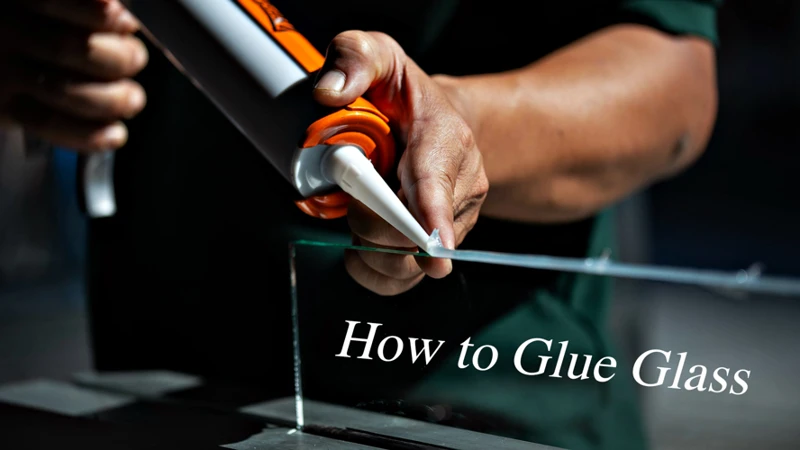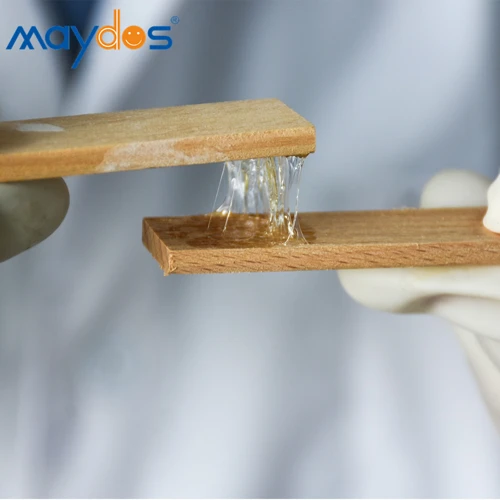What is Corrugated Plastic?
Corrugated plastic, often known by brand names such as Coroplast, is a durable and versatile material made from polypropylene. It features a fluted structure, which contributes to its lightweight yet sturdy nature. This design provides an excellent balance of weight-saving and structural integrity, making it a popular choice in various industries.
Benefits of Using Corrugated Plastic
The material boasts a range of benefits, including water resistance, chemical resistance, and ease of customization. Its resilience against impact and ability to withstand a wide range of temperatures further enhance its appeal. These attributes make corrugated plastic an ideal choice for both indoor and outdoor applications.
Preparation for Gluing Corrugated Plastic
Materials and Tools Needed
- Corrugated plastic sheets
- Adhesive for corrugated plastic
- Clean cloth
- Fine-grit sandpaper
- Protective gloves
Surface Preparation
Before applying glue to corrugated plastic, it’s critical to prepare the surfaces. Begin by cleaning them with a cloth to remove dust and debris. If necessary, lightly sand the areas to improve the adhesive bond. Ensure the environment is well-ventilated and wear gloves to protect your hands during the process.
Choosing the Right Adhesive for Corrugated Plastic
Types of Adhesives Suitable for Corrugated Plastic
There is a variety of adhesives that can be effective for bonding corrugated plastic. These include epoxies, polyurethane glues, and silicones. Each type has its own set of properties that may make it more suitable for specific applications.
Best Glue for Corrugated Plastic
Selecting the best glue for corrugated plastic largely depends on the specific requirements of the project. For most applications, a strong epoxy or specialized plastic adhesive will provide a robust bond that lasts.
DIY Corrugated Plastic Gluing Guide
Step-by-Step Instructions on How to Glue Corrugated Plastic
- Prepare the surface as mentioned earlier.
- Apply a thin layer of adhesive on both surfaces.
- Press the pieces together firmly.
Applying Glue to Corrugated Plastic
When applying glue to corrugated plastic, ensure that the application is even and covers the entire surface. Avoid applying too much, as this can cause the bond to weaken or create a messy overflow.
Corrugated Plastic Adhesive Techniques
For a successful bond, apply pressure evenly across the glued surfaces. Some corrugated plastic adhesive techniques also recommend using clamps or weights to maintain pressure while the glue sets.
Corrugated Plastic Bonding Methods
Using Hot Melt Adhesives for Strong Bonds
Hot melt adhesives can offer a quick and strong solution for bonding corrugated plastic. These adhesives cool and solidify rapidly, providing a fast and durable bond.
Alternative Bonding Methods for Corrugated Plastic
Beyond adhesives, other bonding methods include ultrasonic welding and mechanical fasteners. These methods can be used in conjunction with adhesives for added strength.
Fixing and Reinforcing Corrugated Plastic
Repairing Damaged Corrugated Plastic
If corrugated plastic becomes damaged, it’s often possible to repair it using the same adhesives. Clean the damaged area thoroughly before applying the adhesive for the best results.
Strengthening Bonded Joints
Reinforcing bonded joints can be achieved by applying additional adhesive within the corrugated channels or by adding mechanical fasteners for extra support.
Troubleshooting Common Gluing Issues
Adhesion Failures and Their Solutions
Adhesion failures can be caused by improper surface preparation or using the wrong type of glue. Ensure surfaces are clean and select the appropriate adhesive for corrugated plastic to avoid these issues.
Preventing Warping and Bending
To prevent warping and bending after gluing, ensure the adhesive is applied evenly and that the corrugated plastic is supported until the bond is fully cured.
Finishing the Bonding Process
Curing Times and Conditions
Curing times can vary based on the adhesive used. Follow the manufacturer’s instructions carefully to ensure a strong bond. Proper temperature and humidity levels should be maintained during curing.
Post-Gluing Clean-Up
After the glue has cured, any excess can be trimmed or wiped away. Ensure the workspace is clean and free from adhesive residues to maintain a safe working environment.
Maintenance and Care for Glued Corrugated Plastic
Long-Term Durability Tips
To ensure long-term durability of glued corrugated plastic, keep the bonded areas clean and avoid exposing them to harsh chemicals or prolonged direct sunlight.
When to Reapply Adhesive
Inspect the bonded joints periodically. If you notice any weakening, consider reapplying adhesive for corrugated plastic to maintain the integrity of the bond.
Conclusion: Ensuring a Successful Glue Application
Final Thoughts on Bonding Corrugated Plastic
DIY corrugated plastic gluing can be straightforward if you follow the proper steps and choose the right adhesive. With these tips and techniques, you can achieve a strong, durable bond for your projects.
When working on DIY projects, understanding the right adhesive techniques can make all the difference. If you’re specifically looking to work with corrugated plastic, our guide on how to glue plastic can provide you with the tips and tricks you need for a strong bond. For those dealing with other materials, we also have comprehensive articles on how to glue aluminum and how to glue stainless steel, ensuring you’re well-equipped no matter what your project involves.
Additional Resources and Support
If you’re looking for further guidance on how to glue corrugated plastic, there are many online resources and forums where you can find additional support and advice from fellow DIY enthusiasts and professionals.



